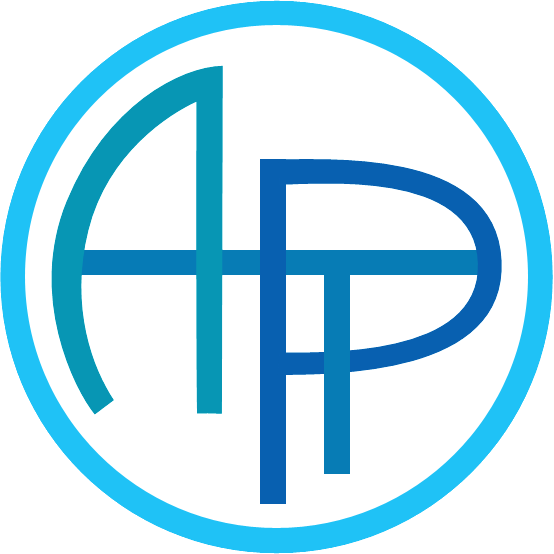OTF Workshop 2016 - Teaching Inquiry Through Science and Physics!
- 1 - Black Hole Workshop - James
The presentation, movie and activities are part of Perimeter's latest resource. The activity that we completed at physics camp was aimed at grade 9 students. The other activity is aimed at grade 12 students and involves using Newton's Universal law of gravitation and circular motion to find the mass of a supermassive black hole.
-
- 2 - The Expanding Universe - Saara
Three of the Perimeter Institute's resources are explored. They include using the absorption spectrum to determine the age of the universe, modeling the expansion of space itself using tensor bandages, and showing the expanding universe using washers and elastic bands. These are excellent, hands-on and numeracy activities for your grade 9 students!
-
- 4 - Wave Characteristics and Behavior Group Activity - James
This presentation and activities have students act as waves in order to observe basic wave characteristics like speed, wavelength, period and frequency. In addition the students are able to investigate wave behaviour like refraction, interference and the Doppler effect.
-
- 5 - Using Digital Media - Saara
21st century media tools can help develop digital citizenship and promote student participation, collaboration, and engagement, allowing teachers to assess student learning and provide real-time feedback. In this workshop, we will explore the following web-based technologies accessible on any device. Nearpod is a classroom tool for teachers to engage students with interactive lessons and assessments. Social media, such as Twitter, can showcase students’ progress, which can be then compiled through Storify. Kahoot, a game-based learning platform, is an engaging way to assess student learning.
- 6 - Context Rich Problems - James
This workshop involved solving context rich problems. When problems are given context the students find them more relevant and this leads to deeper understanding.
-
- 7 - Conceptual Questions - Saara
Conceptual Questions: what are they and how can you use them in planning and instruction? We will explore concept inventories, next time questions by Paul Hewitt, Peer instruction questions, and OAPT grade 11 contest questions and how they can be incorporated in your classroom as assessment as, for, of learning.
-
- 8 - Modelling Light - Roberta
Students from grade 9-12 learnt that light is part of the electromagnetic spectrum, then that it is a ray travelling in straight lines, then that it is a wave - an electromagnetic wave - and finally that it is a photon. Help students make sense of these contrasting models with a series of scaffolded hands-on activities.
-
-
9 - Wile E Coyote Physics - James
How can we learn from Wile E Coyote's failed attempts to catch the Road Runner? Because
- Sometimes the physics he demonstrates is completely correct
- Sometimes the physics gets to the heart of our students misconceptions
- Sometimes the physics is so frighteningly wrong that it becomes instructive
- Sometimes its all of the above!
-
- 10 - Motivating Inquiry Through Contests - Roberta
There are many places where demonstrations and experiments can be replaced with competitions to create a greater excitement and involvement of your class. At the camp we looked at the barge competition, which deals with volume and density (grade 9 science, math) but can also be used as a grade 12 calculus max-min problem. We also looked at an orbital motion competition that could fit in grade 9 astronomy or grade 12 dynamics. Also included is a couple of electrostatic competitions that we did not have time for, but will fit in grade 9 electricity or grade 12 fields. There are many more examples that you can find on my website, including a two-year Engineering Design course.
-
- 11 - Inquiry Based Learning Using Probeware - Saara
In this competitive session, two inquiries will be explored using probeware. One is the construction of a bumper / crumple zone of a cart to reduce the impact and the second is the determination of a mystery mass using conservation of momentum.
-
- 12 - Generating Solutions in Electricity - Roberta
Global warming is the biggest problem that faces humanity. Students need to know that carbon dioxide is not a harmless gas. On the global scale it is a dangerous pollutant whose affects will be disastrous if we do not stop emitting it. Students also need to know that there are solutions, there is hope. This session introduced two tools to let your students learn in a hands-on, minds-on fashion. The first tool involves a couple of interactive graphs to learn about how the generation of electricity is changing over time and around the world. The second tool involves using the new ultracapacitors to explore how you can store variable sources of electricity like wind and solar power.
-
